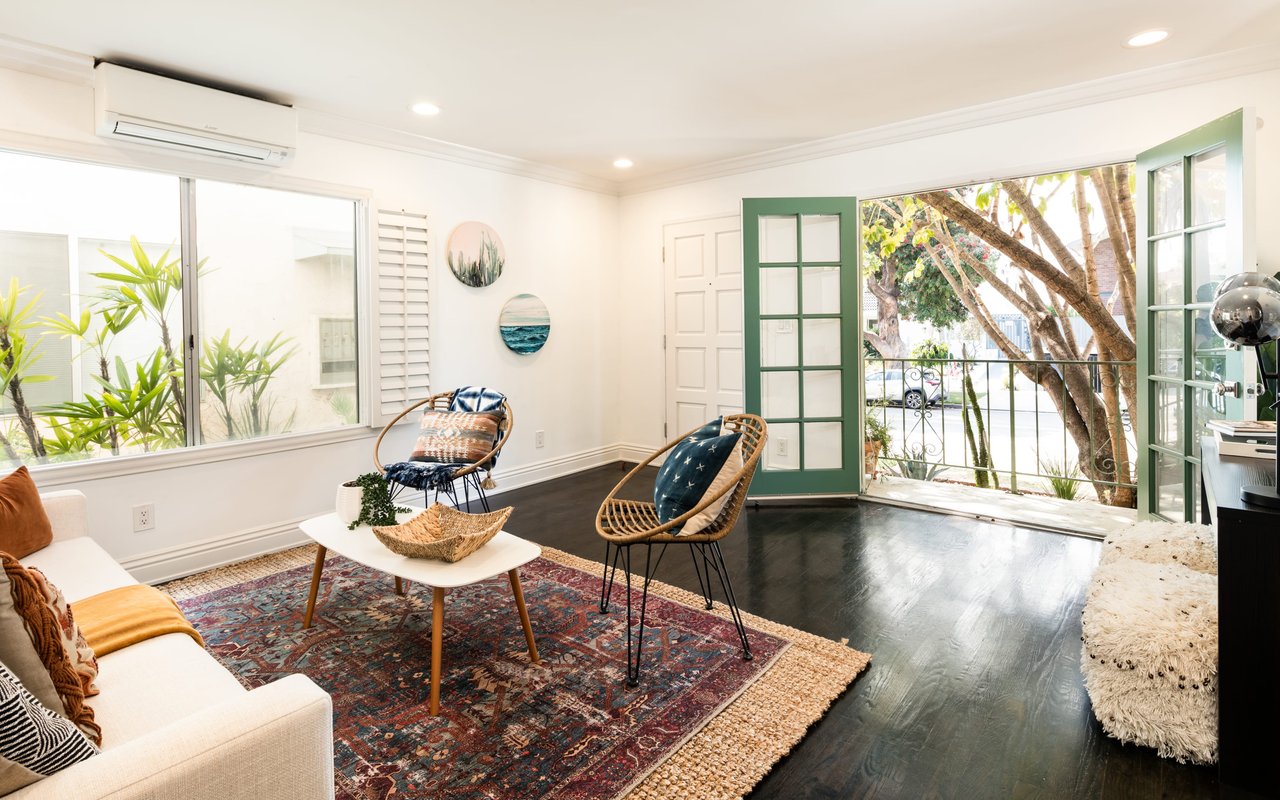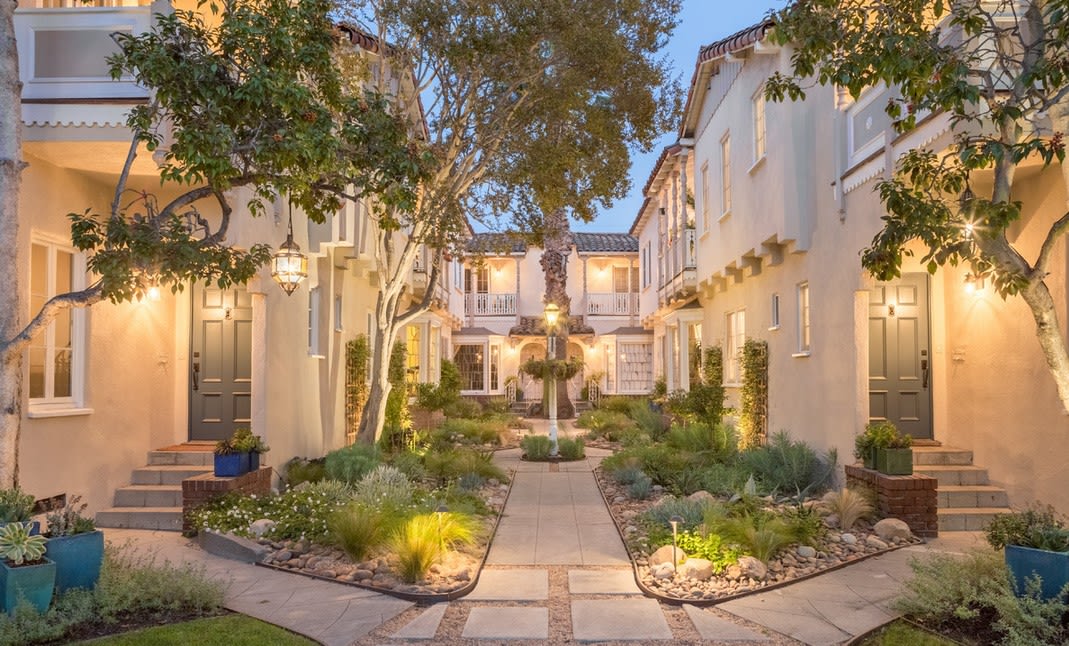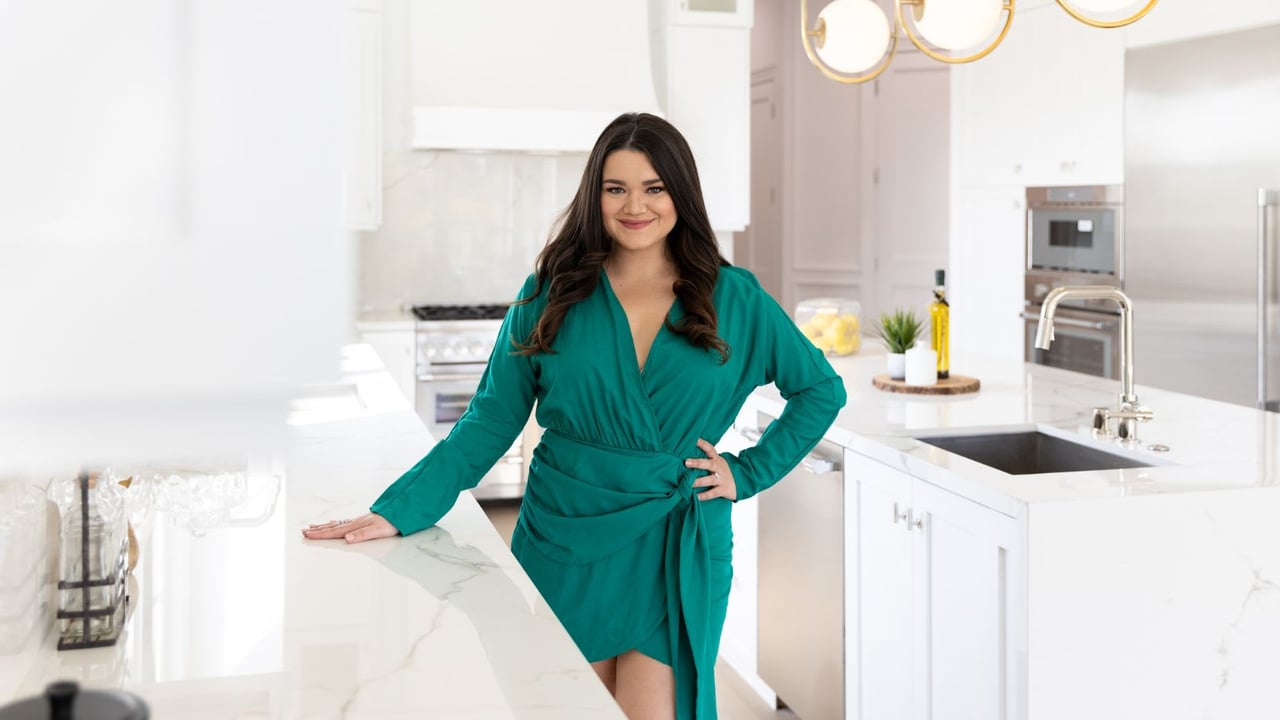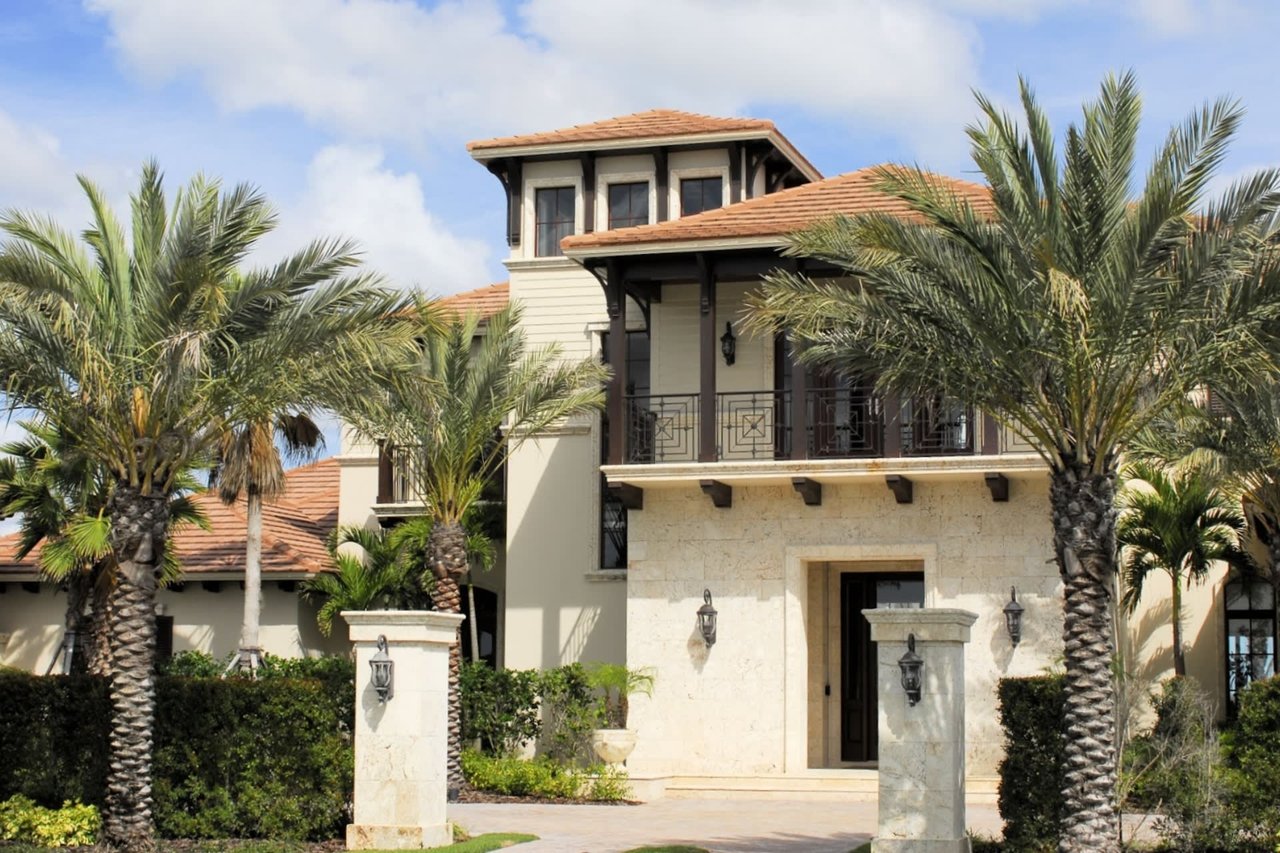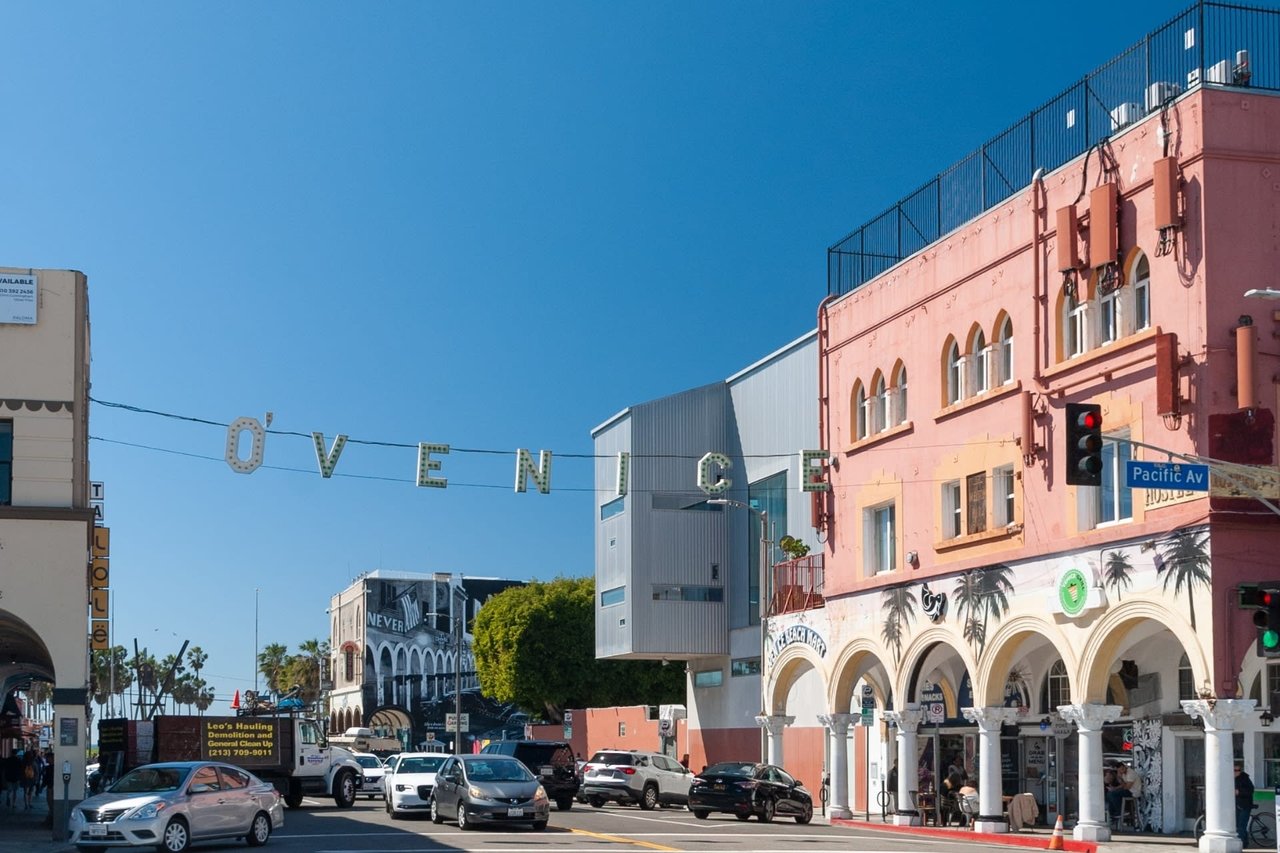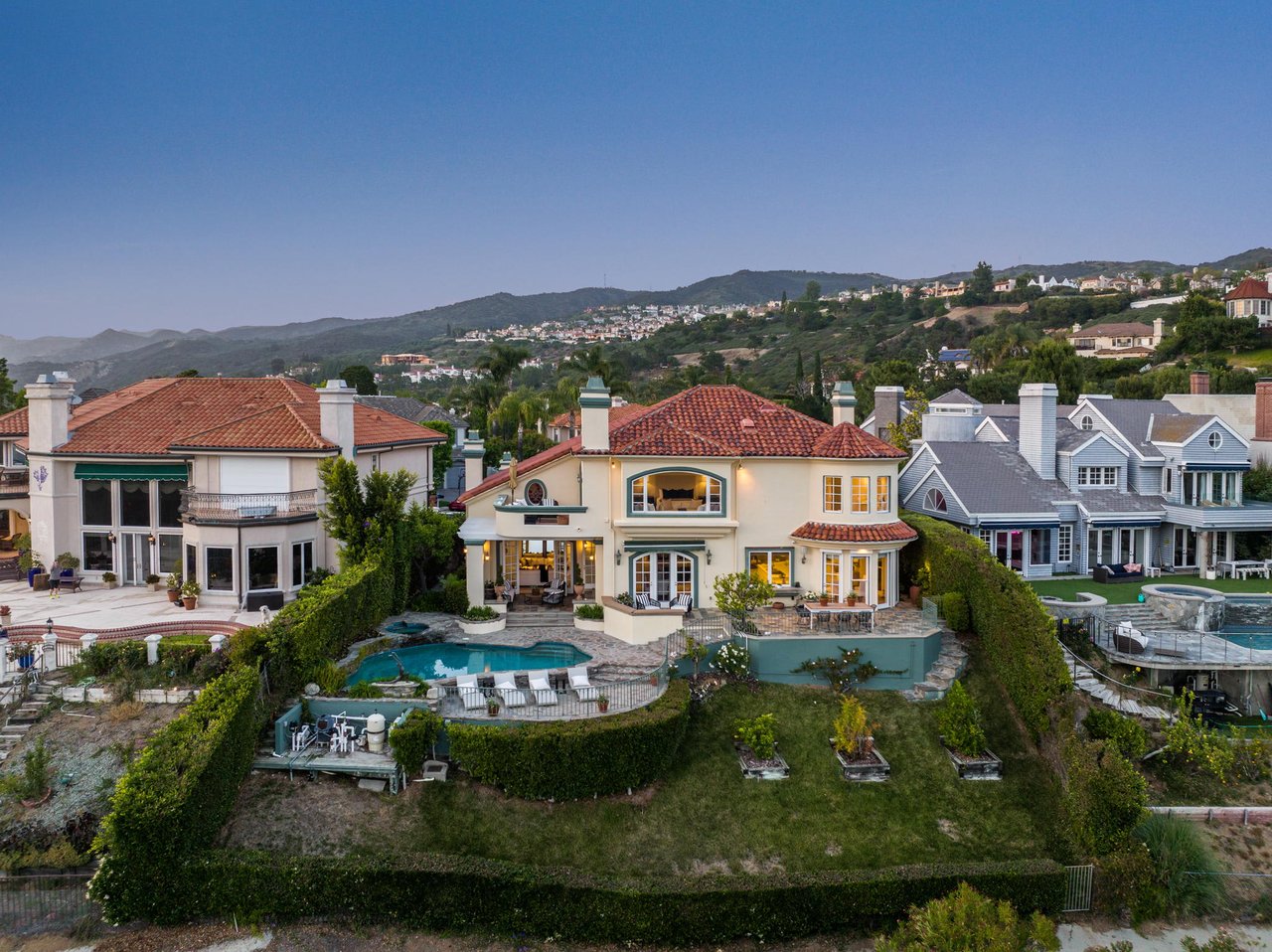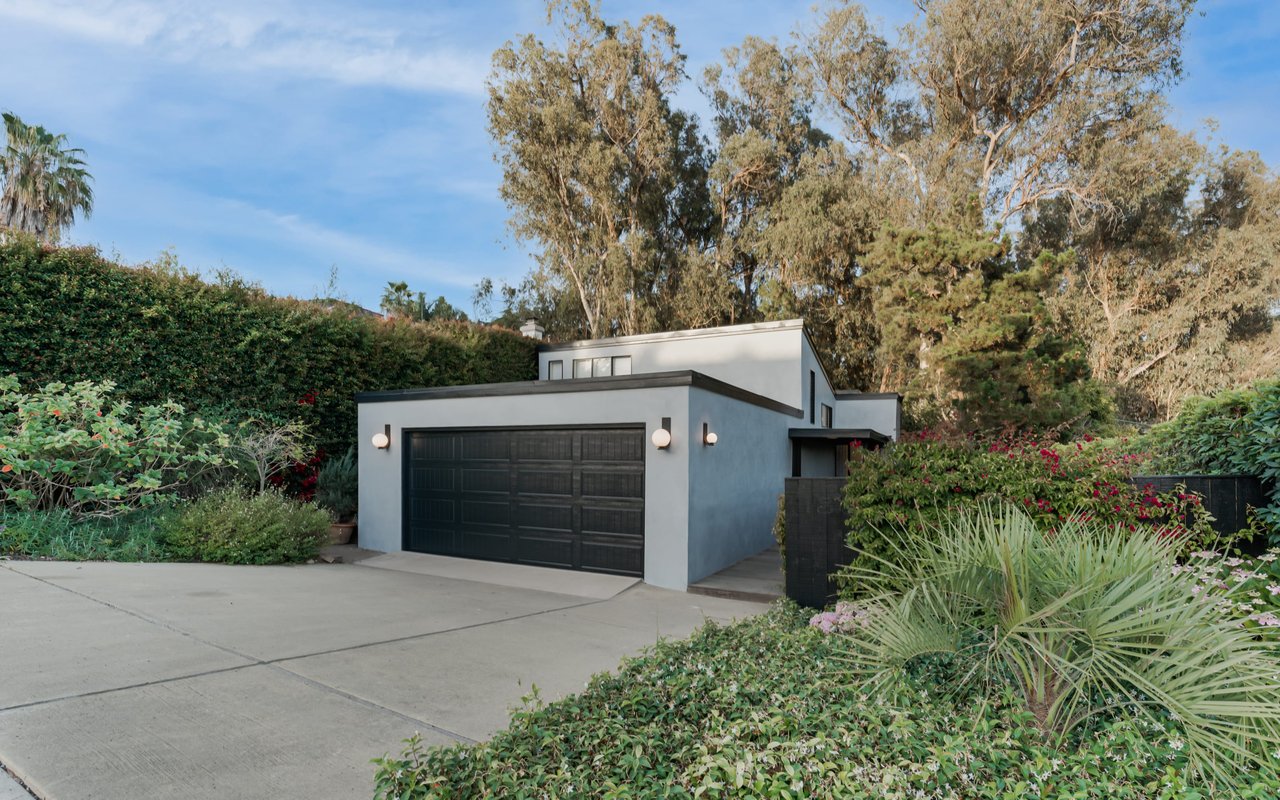A 1031 Exchange: The basics
In real estate lingo, a
1031 exchange means swapping one investment property for another investment property. As long as it follows IRS rules, this exchange allows a property owner to defer capital gains taxes.
Additionally, the IRS only considers properties located in the United States as qualified for 1031 exchanges. Santa Monica real estate would clearly qualify. The properties must be like-kind properties, which means they must be real estate assets of a similar nature, such as an apartment building in exchange for a more expensive apartment building.
One key point to remember is that a 1031 cannot be implemented for residential properties, only those held for investment, trade, or business purposes. However, it can be used with vacation properties in some cases. Both scenarios will be explained here.
An example of a 1031 Exchange
Bill owns a building of Santa Monica condos that’s currently worth $12 million. He paid $6 million for it in 2014. Bill hears about a nearby building of condos that commands higher rents than his building, and it’s selling for $14 million.
Bill could implement a 1031 exchange and sell his building of condos for a profit. Those proceeds could then pay for the more expensive “replacement” property, and Bill could defer the tax liability until later.
Bill has altered the form of his investment without cashing out or recognizing a capital gain. This way, his investment can grow (tax-deferred) until he eventually sells the investment for cash. Only then will he be liable for taxes, which could be years in the future. There currently is no limit on how many times an owner can do a 1031 exchange and defer taxes, as long as each "rollover" results in a profit.
1031 Exchange timelines and rules
In an ideal world, a 1031 exchange would involve swapping one person’s like-kind property for another person's like-kind property. But because we don't live in a perfect world where everything works perfectly or times out just right, many exchanges end up delayed. In these types of exchanges, a middleman (i.e., a qualified intermediary or third party) holds your cash once you sell your property, then uses it to buy the replacement property on your behalf once it becomes available. This transaction is known as a “swap.”
There are strict timelines regarding swaps. The 45-Day Rule concerns designation of the replacement property. Once your property sells, the intermediary receives the case proceeds. If you receive the cash, the 1031 exchange becomes moot, and you cannot benefit from it, hence the intermediary. Within the 45 days after your property sells, you must designate in writing to the intermediary the replacement property you want to buy. According to the IRS, buyers can designate three properties (and sometimes more, depending on valuation test criteria) for purchase as long as the buyer closes on one of those properties.
The 180-Day Rule concerns closing. The buyer must close on the purchase of the new property within 180 days of selling their property. The 45-Day Rule and the 180-Day Rule run concurrently — both clocks begin the day you sell your property. In other words, if you designate a replacement property 18 days after your property sells, you have exactly 162 days to close on that property. If you designate a replacement property 45 days after you sell your property, then you have 135 days to close on it, and so on.
1031s for vacation homes
In some cases, vacation homes
qualify for a 1031 exchange as long as they are used as rental properties. For instance, say you live in Santa Monica condos and have a mountain cabin in Lake Tahoe that you only vacation in during the winter. You rent out that mountain cabin for ten months out of the year and later exchange it for a different property via a 1031 exchange. If your role then becomes landlord (instead of resident) and you have a rent-paying tenant, the 1031 exchange is valid.
According to the IRS, offering a vacation property for rent without having tenants disqualifies that vacation property for a 1031 exchange.
A reverse 1031 Exchange
Suppose you happen to buy that replacement property before you sell your original property. In that case, you can still qualify for a 1031 exchange. How? You must transfer the new replacement property — for example, Santa Monica real estate — to an exchange accommodation titleholder. Then, you must identify a property meant for exchange within 45 days and finally complete the purchase within the 180-day window after the replacement property was purchased.
Looking for Santa Monica real estate?
There are many complex considerations to understand before proceeding with a 1031 exchange. Contact
Stormie Leoni to make the most of your transaction.
Santa Monica, CA is a beachfront oasis that lies at the midpoint between Malibu and Los Angeles. Known by locals as “The West Side," Santa Monica is home to about 90,000 residents in its 16-square-mile footprint, and many celebrities call it home as well.
Santa Monica's weather mimics the Mediterranean's, and temperatures range from 51 degrees in the winter to 70 degrees in the summer. This is just one of the reasons why Santa Monica real estate is experiencing a seller’s market. The current
median home price is $2,895,000, an increase of about $1,250,000 over the prior year. A seller’s market means that more buyers are searching for homes than there are homes currently available for sale.
Why wait to buy in this oceanside paradise? Find out the hows and whats of 1031s so you, too, can defer capital gains taxes and build your real estate portfolio.


